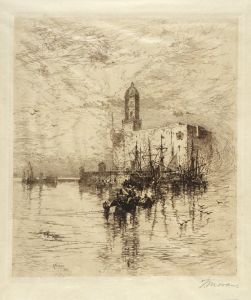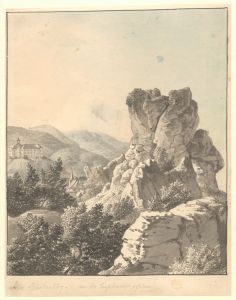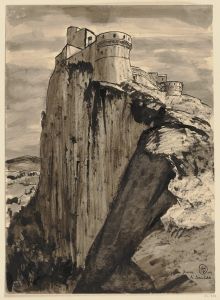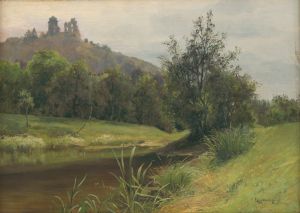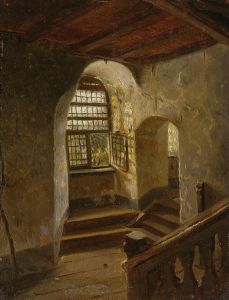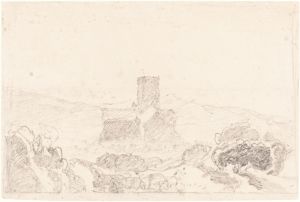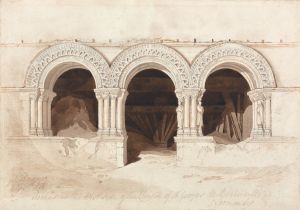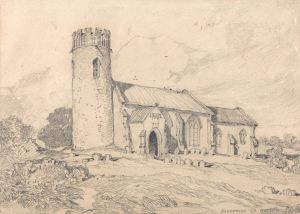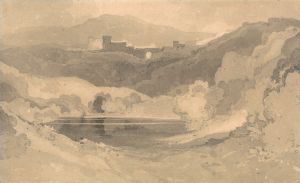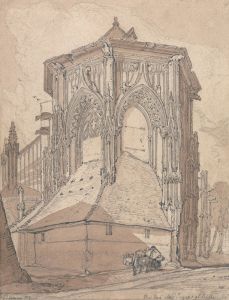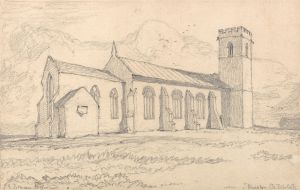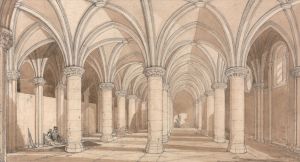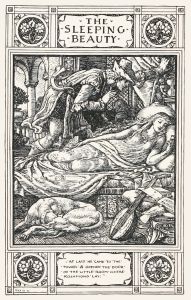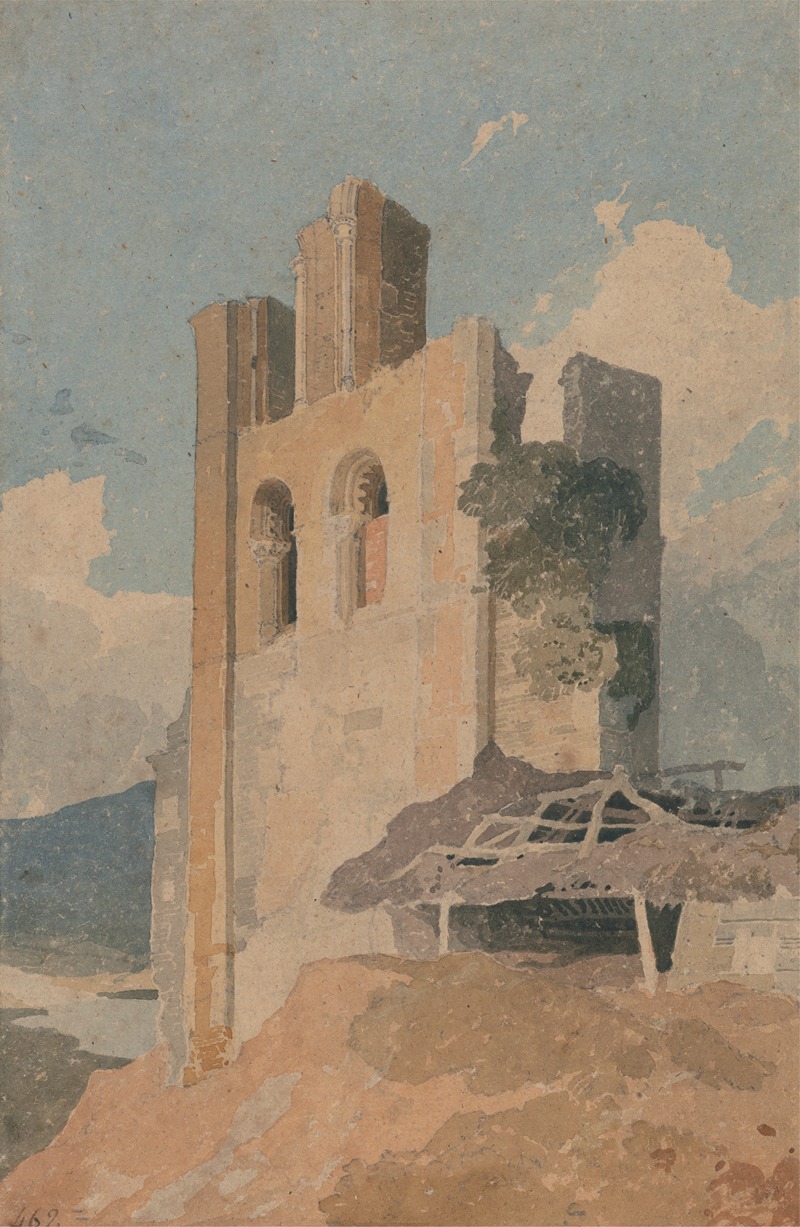
Sheriff Hutton Castle, Yorkshire
A hand-painted replica of John Sell Cotman’s masterpiece Sheriff Hutton Castle, Yorkshire, meticulously crafted by professional artists to capture the true essence of the original. Each piece is created with museum-quality canvas and rare mineral pigments, carefully painted by experienced artists with delicate brushstrokes and rich, layered colors to perfectly recreate the texture of the original artwork. Unlike machine-printed reproductions, this hand-painted version brings the painting to life, infused with the artist’s emotions and skill in every stroke. Whether for personal collection or home decoration, it instantly elevates the artistic atmosphere of any space.
Sheriff Hutton Castle, Yorkshire is a watercolor painting by the renowned English artist John Sell Cotman, who was an influential figure in the Norwich School of painters. Cotman, born in 1782, was known for his exceptional skill in watercolor and his ability to capture the essence of English landscapes and architecture with a unique blend of precision and atmospheric effect.
The painting depicts Sheriff Hutton Castle, a historic ruin located in North Yorkshire, England. The castle itself dates back to the late 14th century and was originally built by John, Lord Neville. It played a significant role in English history, particularly during the Wars of the Roses, and later came into the possession of Richard III. By the time Cotman painted it, the castle was already in a state of ruin, which likely added to its romantic appeal as a subject for artists of the period.
Cotman’s depiction of Sheriff Hutton Castle is characteristic of his style, which often involved a careful balance between detailed architectural representation and the broader landscape. His use of watercolor allowed for a subtle interplay of light and shadow, capturing the mood of the scene with a delicate touch. The painting likely reflects Cotman’s interest in the picturesque and the sublime, themes that were prevalent in the art and literature of the early 19th century.
In this work, Cotman employs a muted color palette, which is typical of his approach to watercolor. The soft hues and gentle gradations of tone create a sense of tranquility and timelessness, inviting the viewer to contemplate the historical significance and enduring beauty of the castle ruins. The composition is thoughtfully arranged, with the castle positioned prominently yet harmoniously within the surrounding landscape, emphasizing its integration with the natural environment.
John Sell Cotman was part of the Norwich School, a group of artists based in Norwich, England, who were active during the early 19th century. This group is noted for its contribution to the development of landscape painting in Britain, and Cotman was one of its leading figures. His work, including the painting of Sheriff Hutton Castle, reflects the school’s emphasis on capturing the unique character of the English countryside and its architectural heritage.
Cotman’s paintings, including Sheriff Hutton Castle, have been celebrated for their technical skill and artistic vision. His ability to convey the atmosphere and historical context of his subjects has earned him a lasting place in the history of British art. Today, his works are held in high regard and can be found in major art collections, including the Tate Gallery and the British Museum.
Sheriff Hutton Castle, Yorkshire by John Sell Cotman remains an important example of early 19th-century British watercolor painting, illustrating both the artist’s mastery of the medium and his deep appreciation for England’s historical landscapes.





